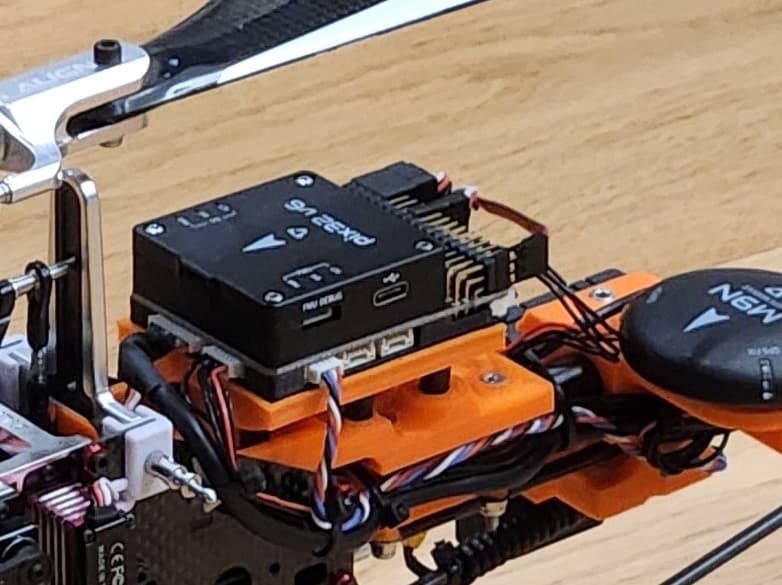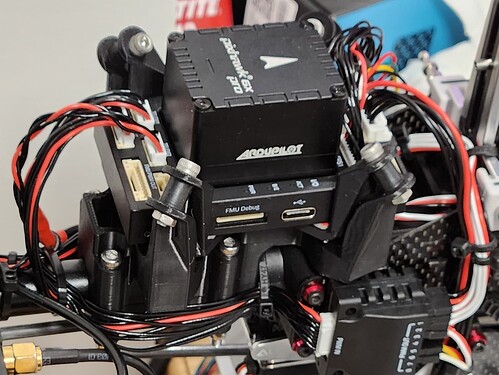I am very grateful to Bill Geyer for his wonderful efforts, which enabled me to complete the complex tuning process of a helicopter with great success. I would like to take this opportunity to thank Bill Geyer.
The reason for this post is as follows.
-
autotune angle p gain
The autotune resulted in an angle P gain of 10 for all 3 axes. The message from the GCS at the time of the flight indicated autotune success, so it does not appear that autotune failed, but it does seem odd that all 3 axes got a high gain of 10. I would appreciate any advice on this. -
tail vibration
Autotune on the yaw axis has given the helicopter a better response and less vibration than before, but contrary to my expectations, the tail is still vibrating (but weaker than before). The rate D-gain is 0.003, so the vibration does not seem to be caused by D-gain. I would appreciate any feedback on whether this is due to the PID gain or some other mechanical issue.
The flight log is attached below.
Finally, I would like to share a video of the aircraft flying after tuning. The tail oscillates a bit, but it has a nice hover performance. Very cool!

